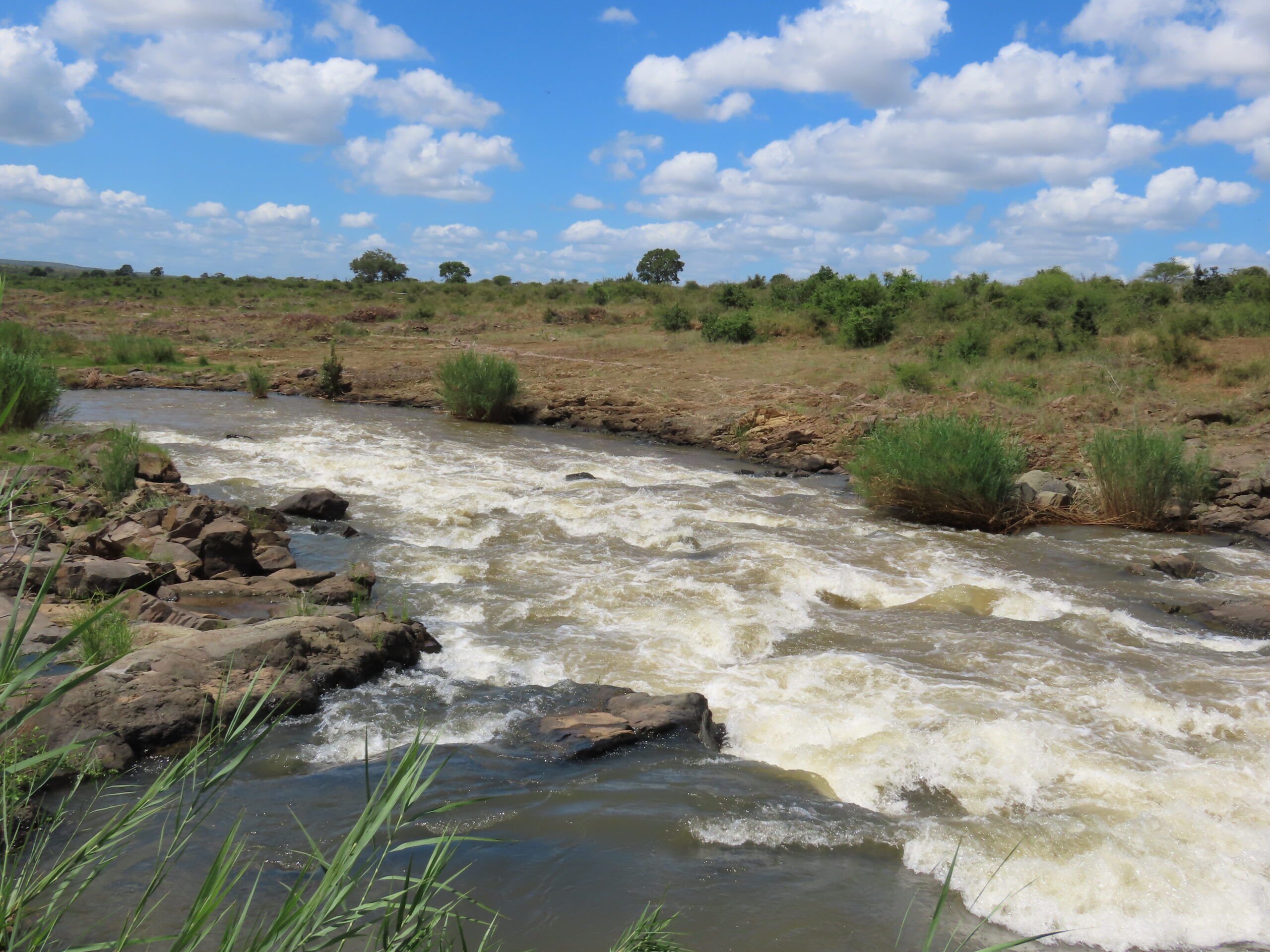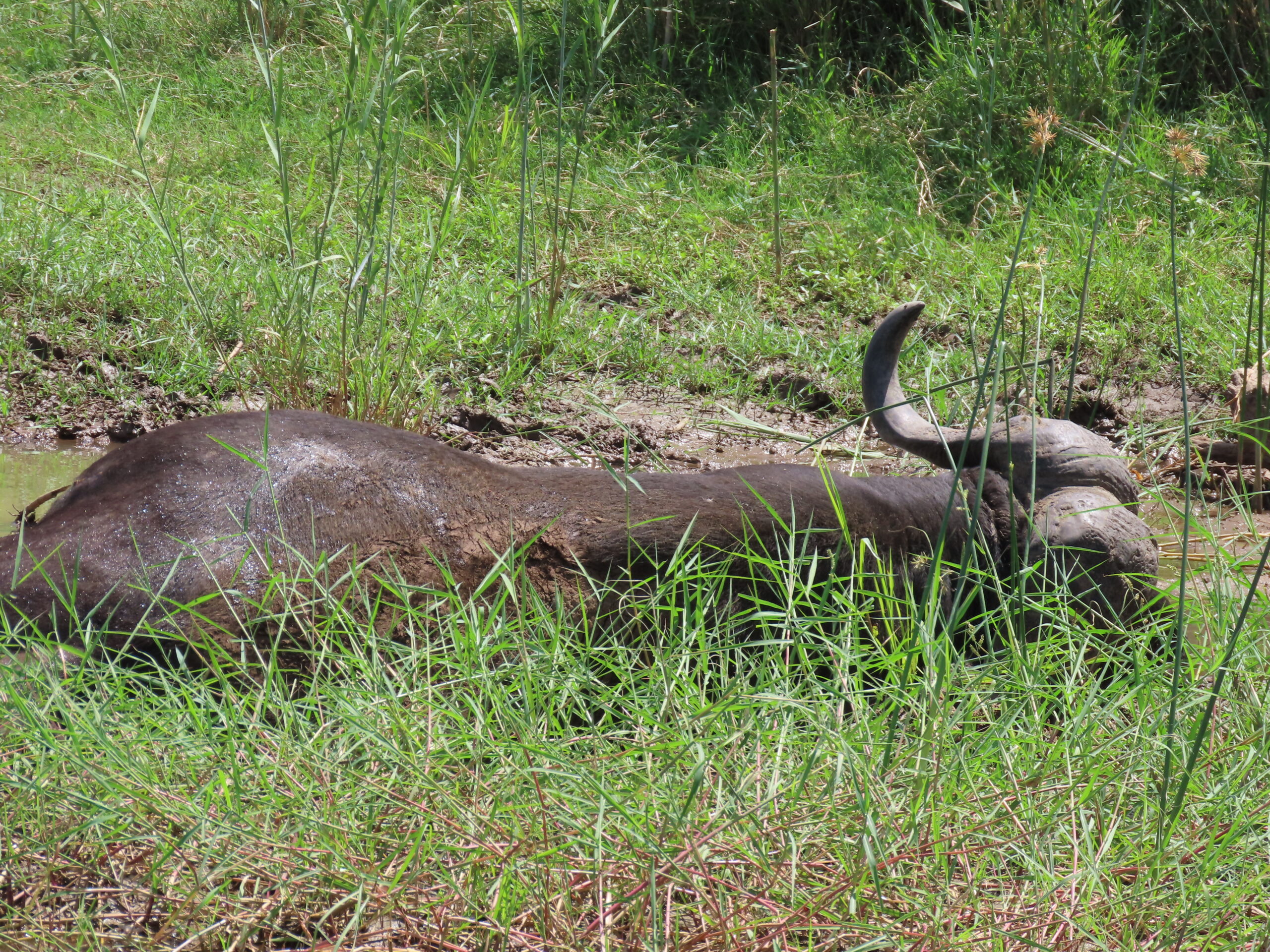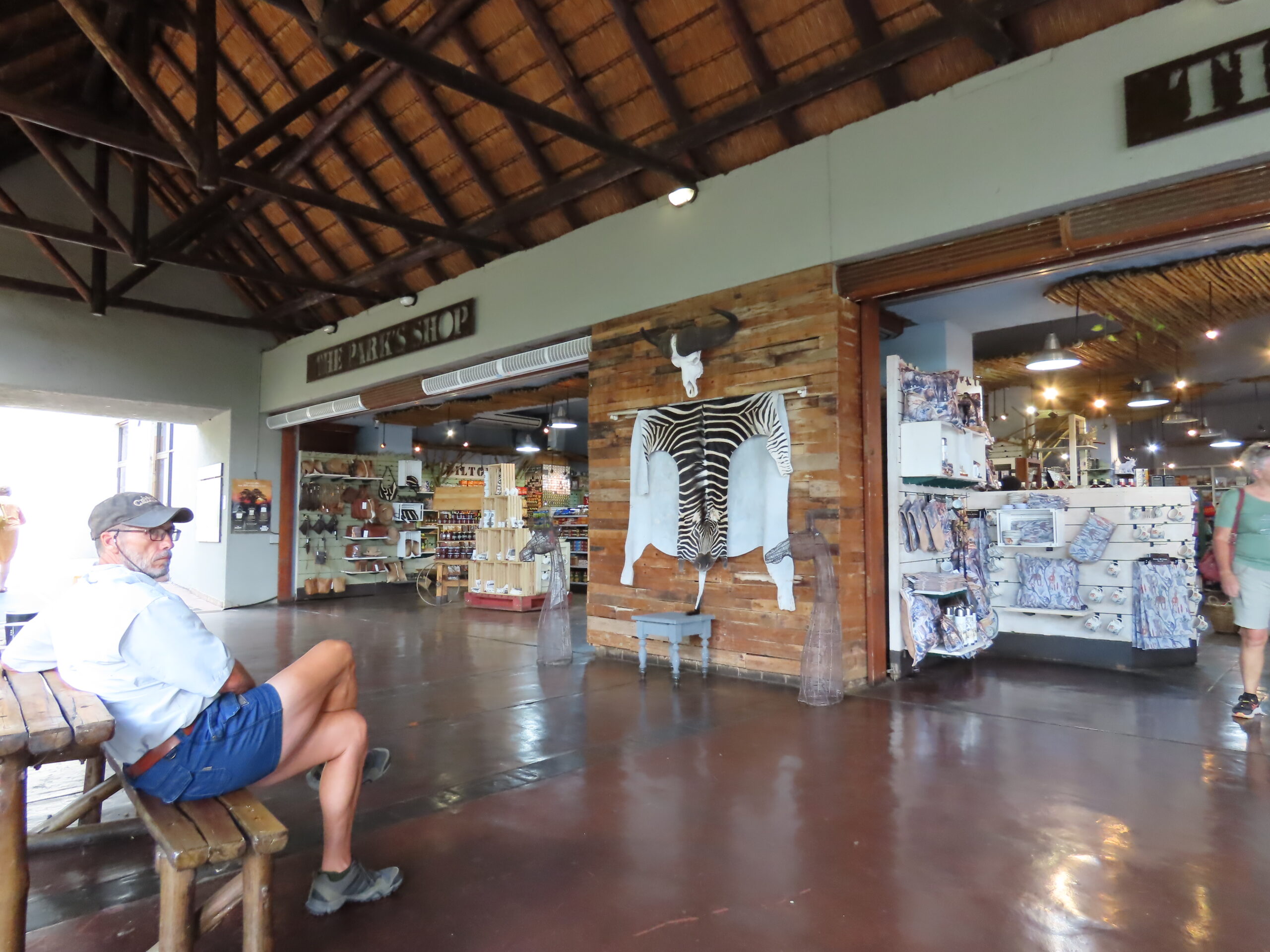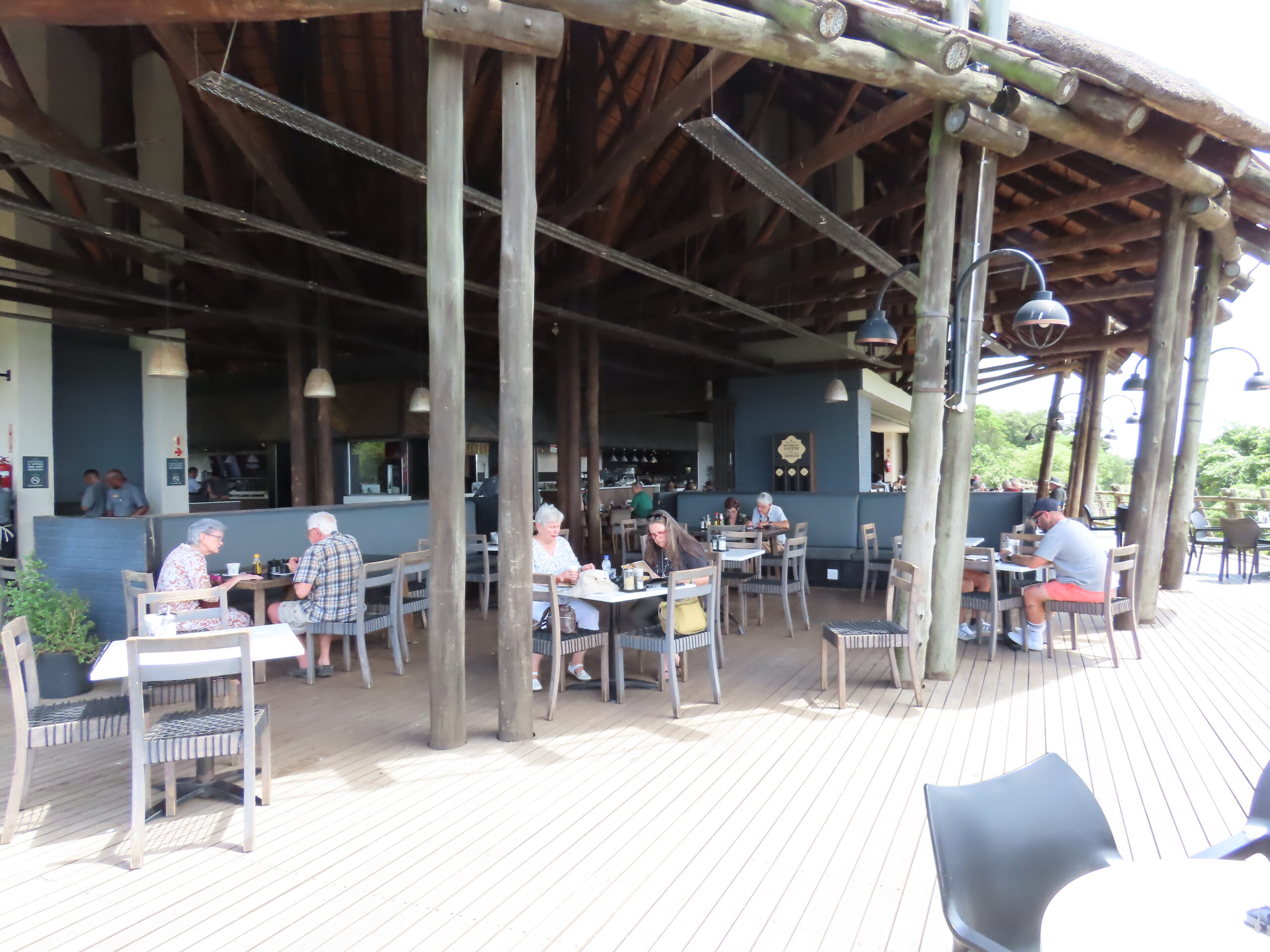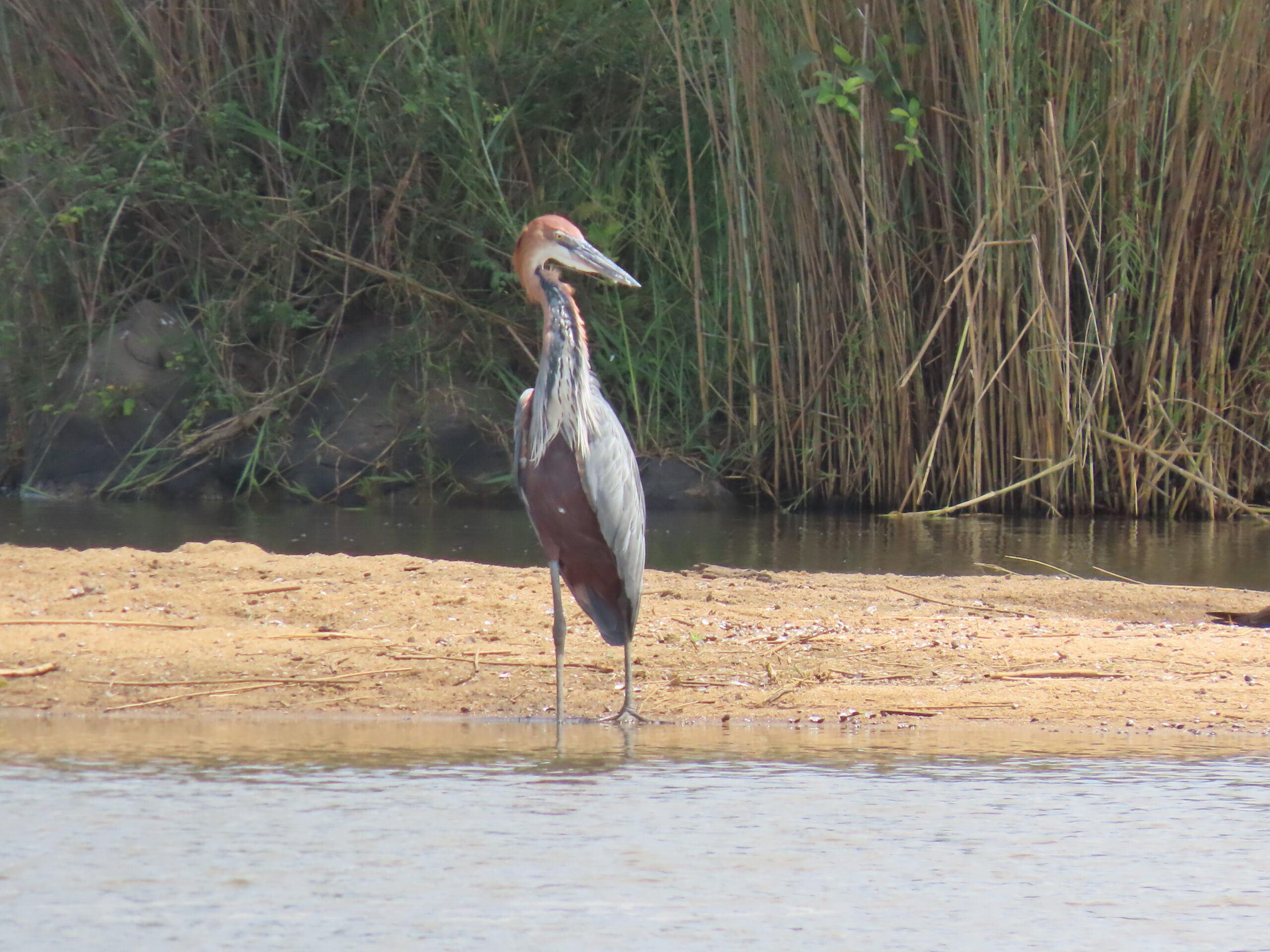

With concerns about flying after several recent crashes worldwide, travelers are more reticent about flying than ever. Educating oneself with statistics about flying can quickly allay some of those fears. Also, as in today’s article, knowing the more high-risk areas, airline ratings, and turbulence-prone flight patterns can put one’s mind at ease when making travel plans.
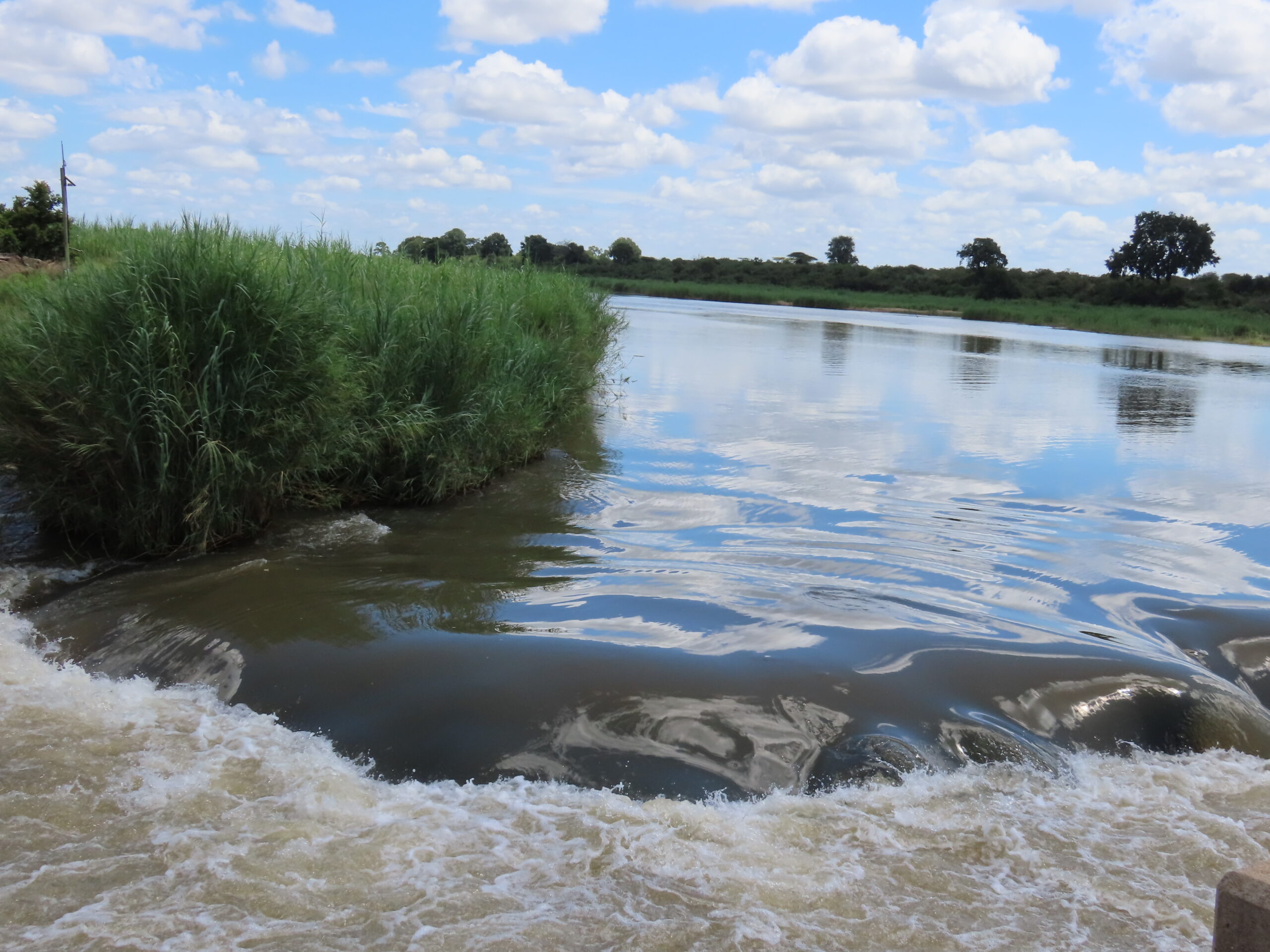
On the other hand, a vacation or holiday is just that—a time to relax and unwind. If you are a terrified flyer, researching your intended route may put your mind at ease. Of course, turbulence can be a factor on any flight route or at any time. Remember that it’s a rarity for a crash or injury during even the worst turbulence. Keeping one’s seat belt on at all times reduces such risks.
